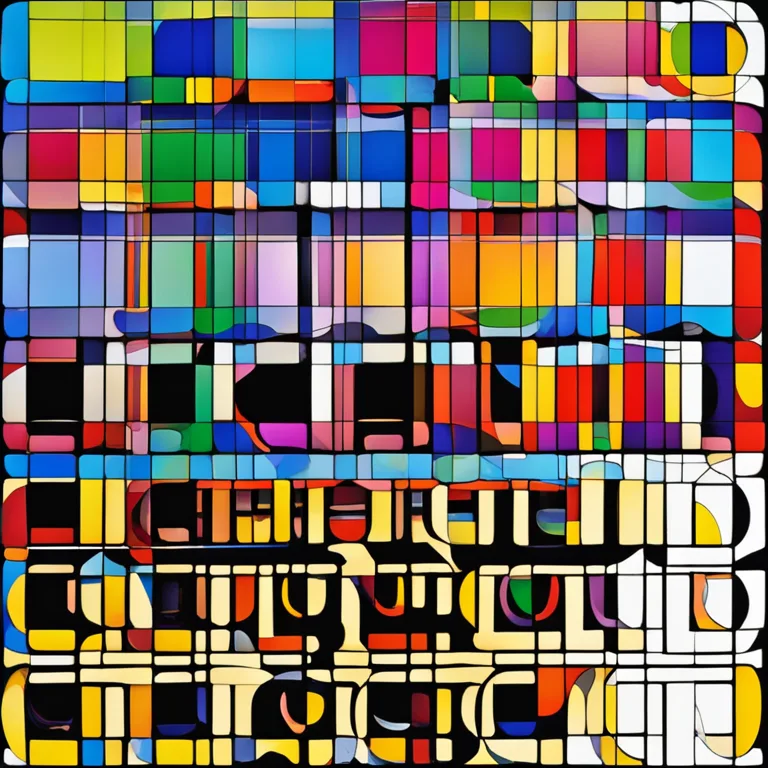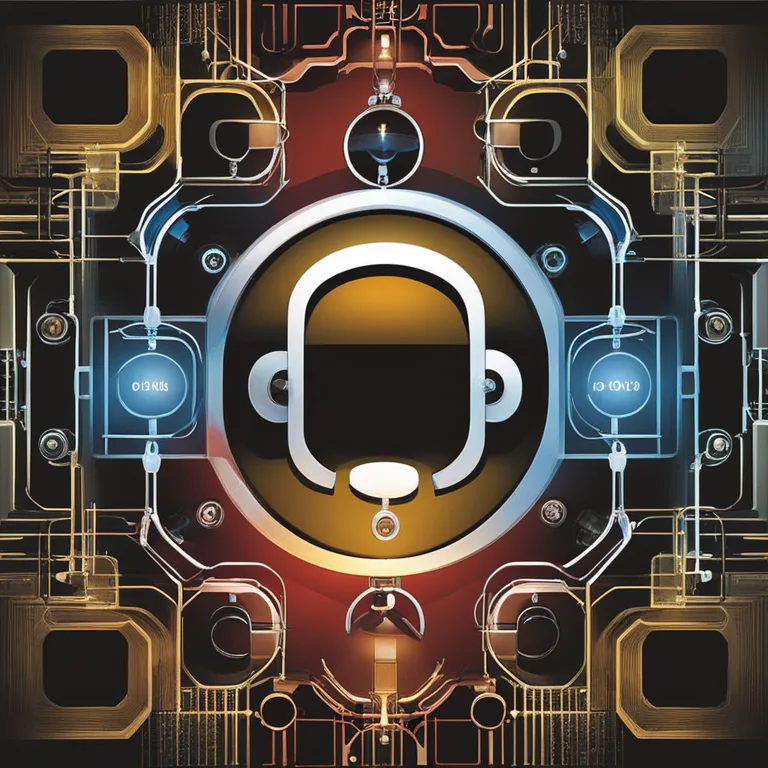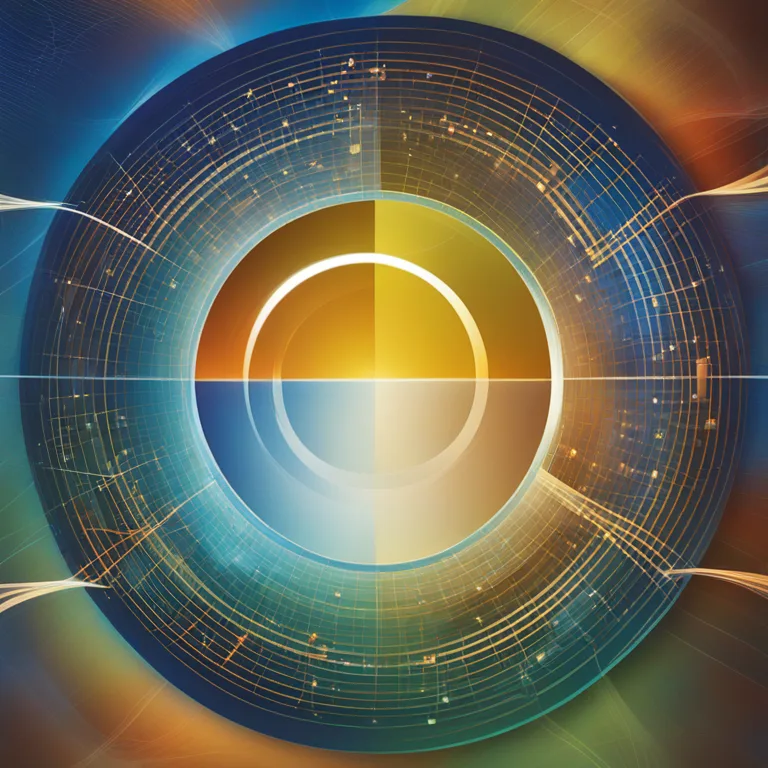
The Accuracy of Biorhythms: Myth or Reality?
Examining the precision of biorhythms as a personal rhythm tracker and its effectiveness in daily life decisions.
article by Adrian Wallace
Introduction to Biorhythms
With the recent surge in holistic health interest, biorhythms have gained attention as a tool purported to predict personal cycles of energy, emotion, and intellect. Initially conceptualized in the early 20th century, this method suggests that our lives are influenced by natural mathematical cycles. Proponents argue that these cycles can provide insight into the physical, emotional, and intellectual states of an individual on any given day. However, as we delve into the debate on the accuracy of biorhythms, it's crucial to examine the evidence supporting or refuting their use.

Scientific Basis of Biorhythms
Biorhythms operate on the premise that our lives are governed by 23-day physical, 28-day emotional, and 33-day intellectual cycles. These cycles have been theorized to stem from biological processes, although scientific backing for this remains sparse. Recent developments in chronobiology—the study of periodical physiological phenomena—have shed some light on how our bodies follow certain rhythms. Yet, the specific biorhythmic patterns marketed for personal use lack substantial empirical support from the scientific community as of 2024.

Evaluating Predictive Power
Studies conducted over the years have attempted to determine the predictive power of biorhythms on individuals' performance and well-being, with mixed results. Some anecdotal evidence may suggest biorhythms can correlate with personal experience, yet rigorous scientific validation through controlled studies often contradicts these findings. The main critique is the lack of consistency and replicable results, which is a cornerstone of scientific accuracy and reliability.

The Placebo Effect and Confirmation Bias
An additional aspect to consider is the influence of the placebo effect and confirmation bias when assessing the accuracy of biorhythms. Individuals believing in the power of biorhythms may indeed experience an alignment of their cycles with perceived life events, but this could be attributed to a psychological effect rather than a deterministic physiological pattern. Confirmation bias, the tendency to interpret information in a way that confirms one's preconceptions, often comes into play, making objective evaluation challenging.

Practical Applications and Believer's Testimonials
Despite the absence of robust scientific endorsement, biorhythms have found a place in the daily practices of many enthusiasts. Users commonly cite increased self-awareness and improved decision-making as benefits of following biorhythmic charts. These testimonials contribute to the ongoing fascination with biorhythms, although they should be approached with a critical mind given the lack of controlled, objective data supporting their claims.
The Future of Biorhythms
Looking ahead, the role of biorhythms in personal wellness remains a topic of much debate. As with many alternative methods, personal experience and placebo-responsive outcomes account for much of the purported success. As technology evolves, there could be a potential for integrating biorhythmic concepts into health-tracking applications, albeit firmly grounded in sound scientific principles and evidence-based research.
Conclusion
In summary, the accuracy of biorhythms is a subject that sits at the crossroads of holistic beliefs and scientific skepticism. From a strictly scientific standpoint, the evidence for biorhythms as an accurate predictor of personal cycles is weak. However, for some, the belief in its utility persists, and this personal conviction can play a substantial role in individual experiences. Whether biorhythms will withstand the test of scientific scrutiny in the future or remain in the realm of pseudoscience is yet to be seen.
Published: 12/28/2023
Modified: 12/28/2023
More predictions
Come back here soon to learn more about yourself and your future


The Reality Of Biorhythm Compatibility
Unravel the truth behind biorhythm compatibility and its role in personal relationships and daily life.


Biorhythm Compatibility: Fact Or Myth?
Explore the concept of biorhythm compatibility to discover if there's a real connection between our biocycles and relationship harmony.


Biorhythm Theory: Fact Or Fallacy?
Explore the fascinating concept of biorhythms to discern if there's any scientific accuracy behind this popular belief.